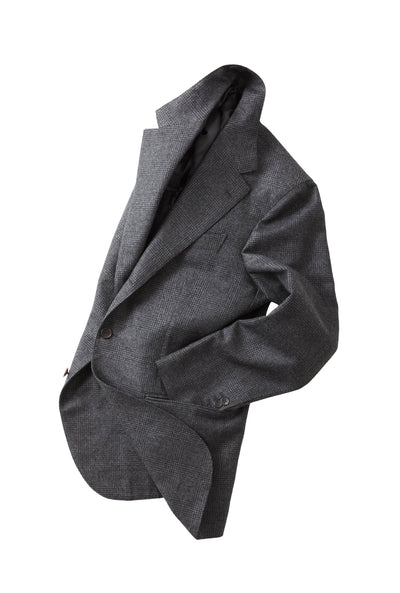
Estorick Collection & Anglo-Italian: Framing Modernism — Architecture and Photography in Italy 1926-1965
Presenting our next online exhibition courtesy of our friends at the Estorick Collection.
One of the world’s foremost museums devoted to modern Italian art, located right here in London.
Looking through the archives from the last decade there are a plethora of fantastic exhibitions which we would like to share with our community. Thanks to the team's generosity we are pleased to republish a handful of our favourites online for the first time.
We hope you enjoy this third edition:
Framing Modernism: Architecture and Photography in Italy 1926-1965

Ever since its invention, photography has profoundly influenced the practice and study of architecture. This was especially true with the advent of Modernism in the 1920s which revolutionised both disciplines and brought them into closer alliance than ever before. Modernism’s celebration of the man-made rather than the natural world not only gave new prominence to contemporary architectural and engineering feats but also greatly enhanced their status as subjects suitable for the camera.
Largely of German origin, and tirelessly promoted by its chief apostle László Moholy-Nagy, Modernist photography (or the ‘New Photography’ as it was dubbed) engendered a more dynamic mode of photography that encouraged the use of unconventional viewpoints such as worm’s- and bird’s-eye views, sudden changes in scale, dramatic tonal contrasts, radical cropping and a predilection for geometric abstraction. This new sensibility was aided by the introduction of an innovative range of smaller, lightweight and more manoeuvrable cameras that could ape the darting glimpse of the human eye. Although the leading proponents of the New Photography seldom photographed architecture, in Italy – as elsewhere – the techniques they championed filtered down, albeit in a diluted form, into mainstream architectural photography.
These changes, together with the need to confront the new challenges posed by Modernist architecture, transformed architectural image-making. Whereas previously photographers of architecture had largely been concerned with the rendition of mass and ornament, now their task also encompassed the delineation of space and transparency as well as the artful enlivening of often unadorned surfaces. In addition, Modernist architects’ greater and more inventive use of materials such as steel and concrete and reflective surfaces, including glass and chromium, afforded the photographer more possibilities for dramatic expression, as did the emergence of night architecture which was facilitated by new means of artificial illumination such as neon. As a result, architectural photography was revitalised and played a key role in the promotion and dissemination of Modernist architecture, particularly through its reproduction in books and journals.
In 1938 the architect editor of Casabella, Giuseppe Pagano, asserted that photography had taught him his own “new way of seeing” and this exhibition sought to explore the relationship between architecture and photography in Italy at this critical juncture, both highlighting the work of particular photographers and the role of publications such as Casabella and Domus in making that work available to a wider audience. A first collaboration between the RIBA Trust and the Estorick Collection of Modern Italian Art, it was curated by staff of the RIBA British Architectural Library Photographs Collection, from which almost all the photographs on show were drawn. It was generously supported by grants from the Graham Foundation for Advanced Studies in the Fine Arts and the RIBA’s Gordon Ricketts Memorial Fund.


















